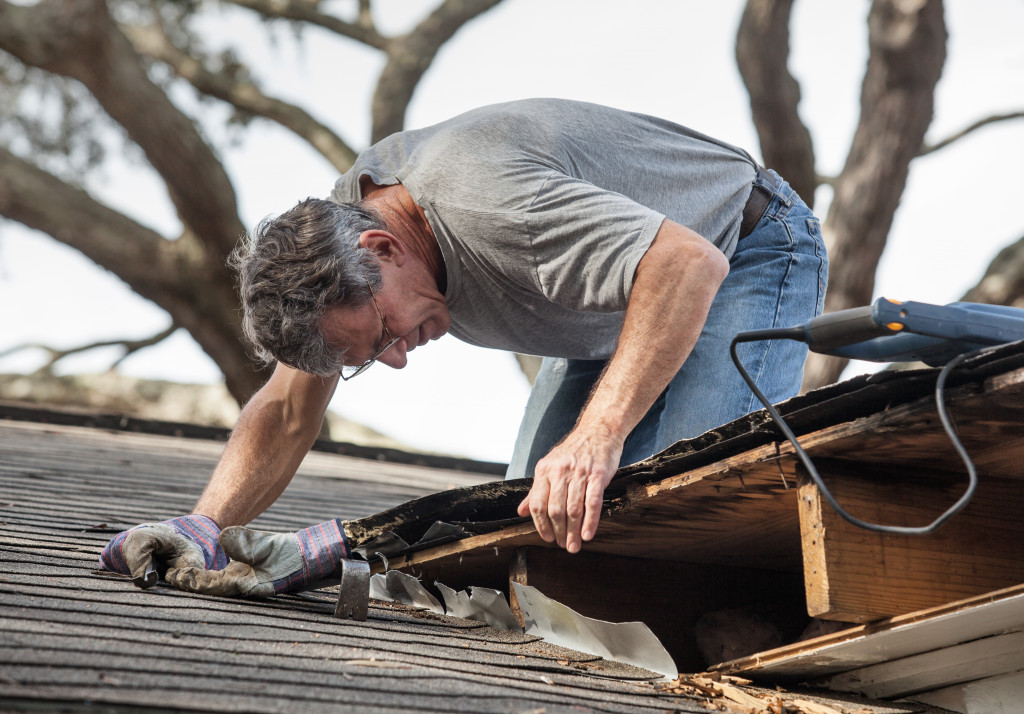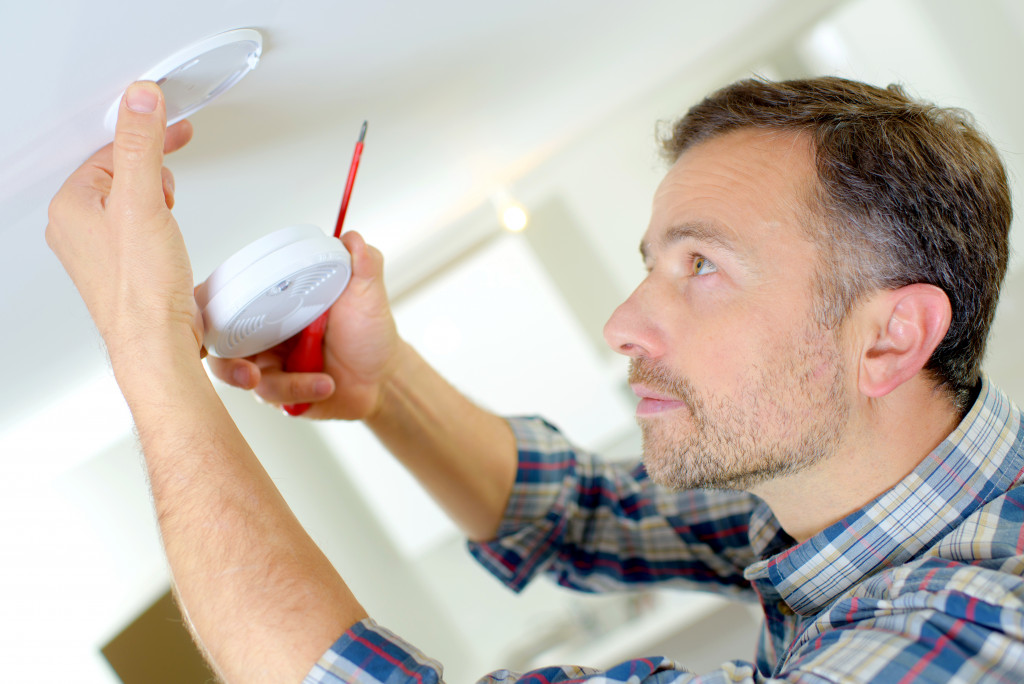- Inspections should be done at least once a year after any major renovations and when new tenants move in.
- The inspection checklist should include roof inspection and exterior inspection.
- Interior inspection should include all appliances, locks, windows, and doors.
- Inspect electrical and plumbing systems to detect leaks or any other damage.
- Check for signs of pest infestation and test smoke and carbon monoxide detectors.
When renting out a property, inspections are essential to ensure that everything is in good condition. As a landlord, it is your responsibility to maintain the property and ensure it is safe for your tenants.
For this reason, conducting regular inspections is crucial to catch any issues that may arise and address them timely. To help you with this task, here is an ultimate landlord inspection checklist for a rental home.
The Importance of an Inspection
Regular inspections allow you to identify and address any issues before they become significant problems. This not only ensures the safety and satisfaction of your tenants but it also protects your investment in the property. So, when it comes to renting out your home, don’t overlook the importance of a thorough inspection. It’s a small but crucial step in being a responsible and successful landlord.
How Frequently Should You Conduct Inspections?
The rule of thumb is to do a full inspection at least once a year. You should also inspect the property after major renovations and when new tenants are moving in.
Inspections can be done either by yourself or with an impartial professional inspector. This can help ensure that all essential details are not missed. If you plan to conduct the inspection yourself, ensure you have a comprehensive checklist to ensure nothing is overlooked.
What Should Be Included in the Landlord Inspection Checklist?
There are various items you should inspect when conducting a rental home inspection. Here are some of the critical elements that should be included in your checklist:
Roof Inspection

Regular roof inspections are essential to keep your roof in good shape. Inspections are necessary to address minor issues before they become significant problems, ensuring that your roof lasts for decades. In case of damage, it’s essential to seek the assistance of professional roof repair contractors. They have the necessary expertise and tools to assess the damage and provide solutions to restore your roof to its former glory, keeping your home safe and dry.
Exterior Inspection
The first section of your inspection should focus on the property’s exterior. Check the roof, gutters, and downspouts to ensure no damage or obstruction. Inspect the foundation for cracks or water damage. Check the property’s drainage system to avoid water damage, mold, and other problems. Inspect the property’s fencing or exterior walls, looking for signs of wear and tear.
Interior Inspection
The second section of your inspection checklist should focus on the property’s interior. Check every room, starting with the bathrooms and kitchen, then bedrooms, living areas, and storage spaces. Look for signs of water damage, leaks, or signs of mold. Ensure all appliances are in good working order. Check the locks, windows, and doors to ensure they work correctly.
Electrical and Plumbing System Inspection
Next, inspect the plumbing and electrical systems. Check all the pipes for leaks, worn-out fixtures, and other source of damage. Ensure that all the outlets are working correctly and there are no signs of exposed wiring. Test the switches to confirm that the wiring is correctly installed. Verify the water pressure and temperature.
Pest Inspection
Pests like rats, mice, ants, and other insects can quickly enter rental homes. Inspect the property for signs of pest infestation, regularly surveying all areas of the house. The common pest signs include droppings, gnawed electrical wires and cables, and scattered nesting materials.
Smoke and Carbon Monoxide Detectors Inspection

Finally, check that all smoke and carbon monoxide detectors are functioning correctly. Ensure that the alarms beep once the battery is low and the alarm sounds when smoke or carbon monoxide is detected.
Final Thoughts
Preventing preventable problems can help you reduce the repair cost and deliver an optimal rental experience for your tenants. Skipping the inspection or neglecting any aspects of it can lead to a possible safety hazard, putting the tenant’s well-being at risk. Hopefully, this ultimate landlord inspection checklist for a rental home will help you conduct thorough inspections and keep your properties in good condition.
Regular inspections can be inconvenient, but they are necessary to protect you, your tenants, and your property. Inspecting the rental home may cost you a little bit of your time, but it is an investment you won’t regret.

